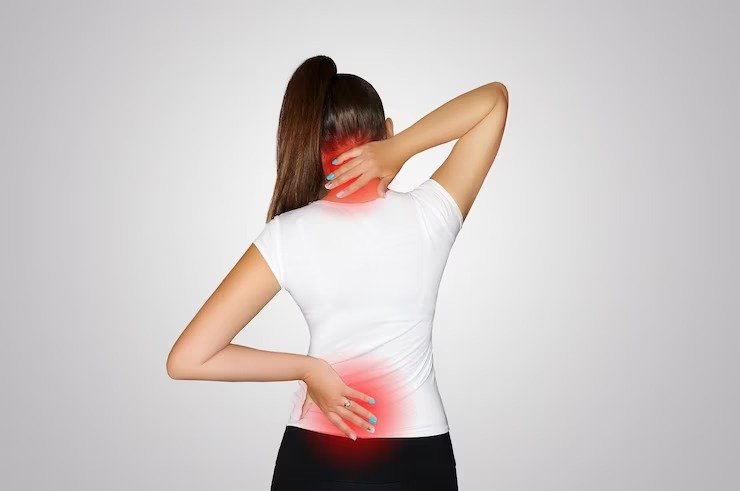
The function of physical therapy in treating lower back pain
One of the most common physical disabilities, particularly in the job, is lower back discomfort. According to research, approximately 80% of people will probably have lower back discomfort at some point in their lives.
Treatment for Low Back Pain
One of the most frequently used types of treatment for reducing low back pain is physiotherapy. It is utilized in both forms, either alone or in conjunction with other therapies including massage, heat, traction, ultrasound, or short wave diathermy.
The vertebrae, discs, facet joints, ligaments, and muscles that make up the human back are fundamentally one large interlocking structure. Due to this intricate structure, once the initial course of basic medicine has been completed, a back pain episode requires a strong physiotherapy-based rehabilitation programme.
Key Elements
The main facets of physiotherapy’s involvement in treating lower back pain are summarized in this section.
Advice and early activity – There is strong evidence to support the idea that one of the most important parts of treating lower back pain is to encourage early activity.
Physiotherapy that uses manipulation or mobilization – This component focuses on encouraging mobilization of the particular impacted area. Targeting the precise point of pain is done so using a manipulative physiotherapy approach.
specific exercises for stability – The focus of this type of physiotherapy is on strengthening and stabilizing the muscles that have been compromised by lower back pain.
general stretching and exercise – The patient’s unique condition and the source of the lower back pain are typically taken into consideration when doing a sequence of correctly planned exercises and stretches.
Ergonomic Tips – Since more than 65% of lower back problems are caused by work-related dangers, physiotherapists additionally focus on delivering accurate ergonomic devices and counseling patients on using the proper workplace infrastructure to prevent and treat lower back pain.
posture recommendations – In order to prevent lower back discomfort, this element of physiotherapy instructs the patient in good posture practices and posture maintenance techniques.
Physical Therapy Types
Physical therapy primarily falls into two categories when it comes to treating lower back pain. Each of these has been briefly explained below.
1 Physical activity treatment
In order to rehab the spine, active physical therapy is crucial. A generalised back exercise regimen should have the following to provide positive outcomes.
- Simple hamstring stretches are included in back pain stretching exercises.
- 15-20 minutes of dynamic lumbar stabilization or other specified exercises are needed for back pain strengthening.
- low-impact aerobic exercise
2 Physical treatment that is passive
When exercise is either impossible or too unpleasant, the therapist may think of passive therapies, such as:
- ice/heat packs
- TENS devices
- Iontophoresis
- Ultrasound
Particular Exercises
Lower back discomfort can be relieved with a variety of stretching, weight-training, and other exercises. These include, the following:
- Ankle Pumps
- Heel Slides
- Wall Squats
- Straight Leg Raises
- Single Knee to Chest Stretch
- Hip Flexor Stretch
- Piriformis Stretch
- Lumbar stabilization exercises



